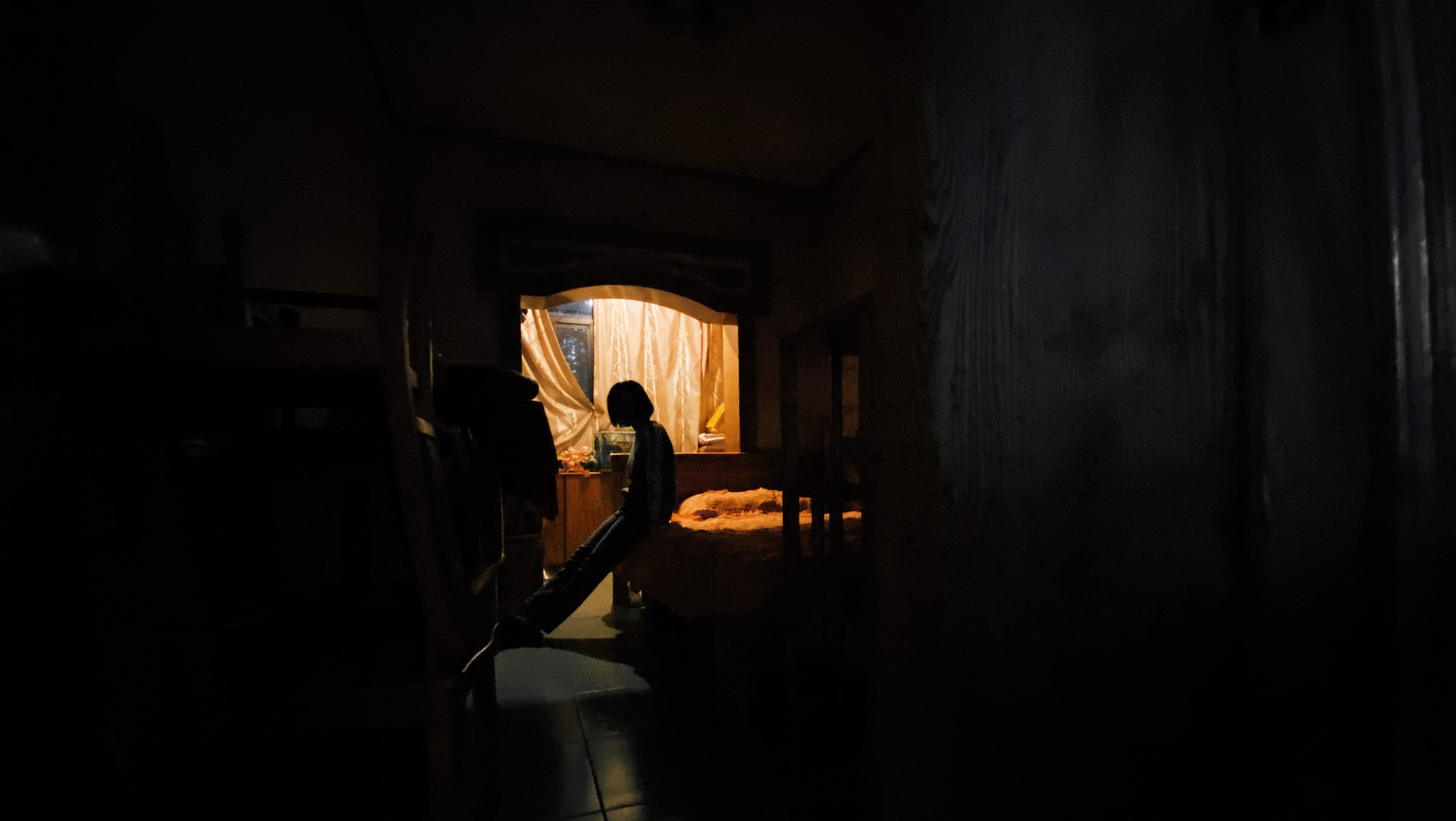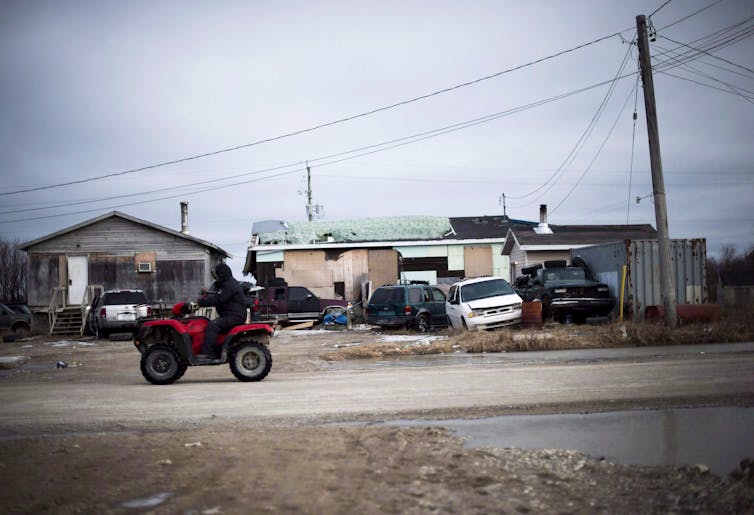Health
The coronavirus doesn’t exist in isolation — it feeds on other diseases, crises

It isn’t isolated from other social, environmental and health crises — like food insecurity, the opioid crisis and the mental health crisis — nor is it separate from other epidemics like HIV, malaria, dengue fever and Zika virus. (File Photo: Ewan Yap/Unsplash)
We may be in self-isolation, but the COVID-19 pandemic is clearly not.
It isn’t isolated from other social, environmental and health crises — like food insecurity, the opioid crisis and the mental health crisis — nor is it separate from other epidemics like HIV, malaria, dengue fever and Zika virus.
When two or more epidemics co-exist and compound one another to worsen health, they are said to be syndemic, or “synergistic epidemics.”
What is a syndemic?
The concept of syndemics arose in the 1990s to describe how substance abuse, violence and AIDS (known as the SAVA syndemic) overlapped and negatively reinforced health among inner-city populations in the United States.
The concept has been cited increasingly over the past 25 years to call attention to the way various diseases like HIV and tuberculosis, along with mental illness, diabetes and infectious diseases cluster together, particularly in disadvantaged populations.
While the term syndemic has traditionally been used to describe disease clusters at the individual level, a 2019 Lancet Commission study expanded on the concept to include climate change.
The commission called the clustering of climate change and malnutrition (including both obesity and undernutrition) the Global Syndemic. This is because they share common underlying societal causes, such as modern industrial food systems, and affect people in all corners of the world.
A key feature of a syndemic is the way overlapping diseases and health conditions amplify one another biologically within the human body. For example, a disease can weaken the immune system and promote the progression of another disease.
Interactions between overlapping diseases and other health conditions can complicate medical treatments, lead to higher health-care costs and worsen health outcomes. In the case of COVID-19, people with pre-existing and underlying conditions, including obesity, high blood pressure and diabetes, appear to be at higher risk for complications from the disease.
But diseases don’t just interact biologically, they also interact with social factors. Poverty, housing, education and social stigma, for example, are all powerful determinants of health.
Individuals with lower incomes and less education are several times more likely to develop diabetes than more socially advantaged individuals. These same relationships play a part in other risk factors for COVID-19, like high blood pressure and obesity.
And it’s precisely these interactions — between both biological and social factors — that sets syndemics apart from other epidemic events.
COVID-19 and marginalized communities
The coronavirus has been particularly dangerous for marginalized and vulnerable populations.
A major outbreak of COVID-19 in the Navajo Nation is one example. Many Navajo people have underlying health conditions and lack basic needs, including access to running water.
By regarding COVID-19 as a syndemic and taking biological and social interactions directly into account, health practitioners could become more effective in their clinical practices and community-based interventions — in the United States, Canada and around the world.
Addressing a syndemic demands not only the management of each affliction, but efforts to address the underlying forces that unite them — social inequality chief among them.
In Canada, we have seen some semblance of this approach in COVID-19 emergency response strategies directed towards supporting people experiencing homelessness and violence and food banks and local food organizations.
Yet these responses don’t go far enough. A basic income, not just expanded food charity, is needed to address food insecurity.
Read more:
More than food banks are needed to feed the hungry during the coronavirus pandemic
Without strong national frameworks to protect fundamental human rights (like access to food and housing), the ability of Canadians to meet their most basic needs, including health care, is vulnerable to the vagaries of government funding decisions and political will.
In 2018, for example, a pilot project in Ontario to implement basic income in Ontario was cut by the incoming government.
‘Slow-motion disaster’
Most of the social and health issues now at the forefront of the COVID-19 pandemic were already major public health concerns prior to the outbreak of the pandemic.
But these issues were often long term in nature. For example, rates of non-communicable disease — those not transmissible directly from one person to another, like type 2 diabetes and cardiovascular disease — have been surging for decades into what the World Health Organization (WHO) has called a “slow-motion disaster.” Yet immediate emergencies are dealt with first, while long-term problems wait.
And as they tended to disproportionately impact socially, economically and politically marginalized groups, funding and responses have been inadequate. A lack of funding, for example, is responsible for the stalled progress on the eradication of tuberculosis in Inuit communities.
Living conditions in Indigenous communities have long been inadequate, but the lack of access to clean water and a housing crisis persist.
Read more:
Housing is health: Coronavirus highlights the dangers of the housing crisis in Canada’s North
So why are governments only responding now? Could these issues not have been responded to sooner? Far more money, in fact, is spent responding to health crises than preparing and preventing them.
Leaving no one behind
The WHO suggests an all-hazards approach to preparedness, from infectious disease outbreaks to extreme weather events and climate change. Epidemics, in fact, were only one of 13 urgent global health challenges identified for the next decade by the WHO in January.
What the COVID-19 pandemic makes clear is that we need an “all people approach” that leaves no one behind, wherein the social factors and health conditions that cluster around the most vulnerable are not ignored until they’re cast to the foreground of a global pandemic.

THE CANADIAN PRESS/Nathan Denette
Thinking about COVID-19 through a syndemics lens helps bring attention to the fact that these crises haven’t waned, and they aren’t background noise.
Instead, they’re compounded to forge a challenging landscape within which the COVID-19 pandemic has now taken centre stage.
The health and social issues that concentrate in disadvantaged populations, and/or that are chronic and long-term in nature, simply can’t wait any longer.![]()
Tiff-Annie Kenny, Postdoctoral fellow, Université Laval
This article is republished from The Conversation under a Creative Commons license. Read the original article.





















